|
1.
Photos then Postcards
Valentine's Books
-
Between about 1890
and 1910, Valentine & Sons also produced a range of books of their
photos at prices considerably lower than they had charged in earlier
years for their Drawing Room Albums.
-
There were many
book titles, including:
- Photographic view album of Alva and district
- Photographic view album of Falkland and district
- Photographic view album of Girvan
- Photographic view album of Gourock and district
- Photographic view album of West Kilbride and district
- Views of the Trossachs and Loch Lomond
- Edinburgh: Collotype View Book
Front Cover
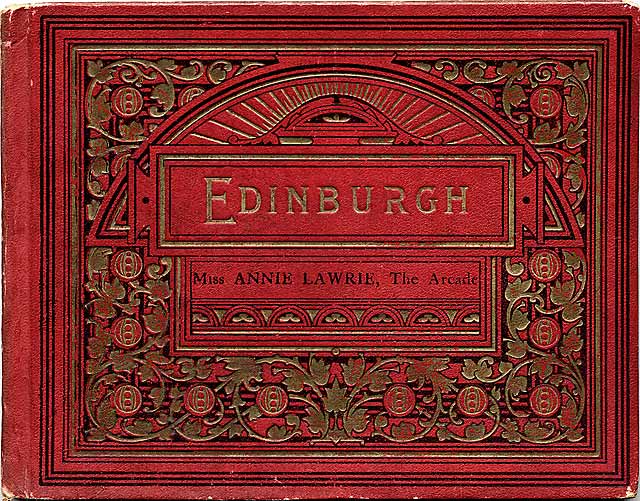
©
Copyright: For permission to
reproduce, please contact
peter.stubbs@edinphoto.org.uk
Inside the Back Cover

©
Copyright: For permission to
reproduce, please contact
peter.stubbs@edinphoto.org.uk
Holyrood Abbey, Holyrood Palace
Arthur's Seat in Holyrood Park is in the
background

©
Copyright:
For
permission to reproduce, please contact peter.stubbs@edinphoto.org.uk
-
Here are three
'straight photos' of Holyrood Abbey and Palace. Nothing has been
done to modify this view in any way to make it more appealing - that was
not necessary!
-
The three views are by different photographers but are
very similar to each other. The view has changed very little over
more than a century since these photos were taken, except for the fact
that it is likely to be more hidden by trees today.
1.
Photographer: James Patrick
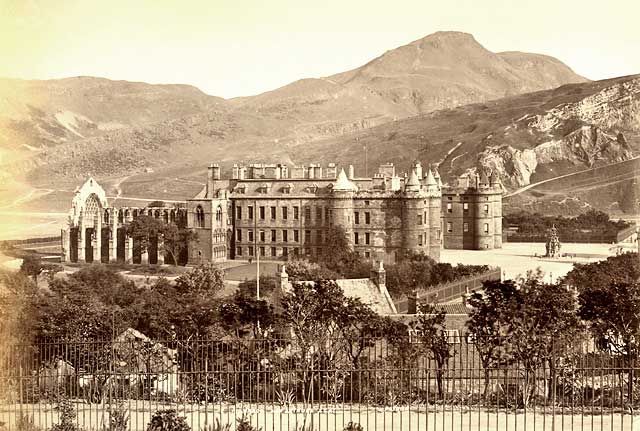
©
Reproduced with acknowledgement to Nick
Tilley, Oakley, Hampshire, England.
2.
Photographer: James Valentine
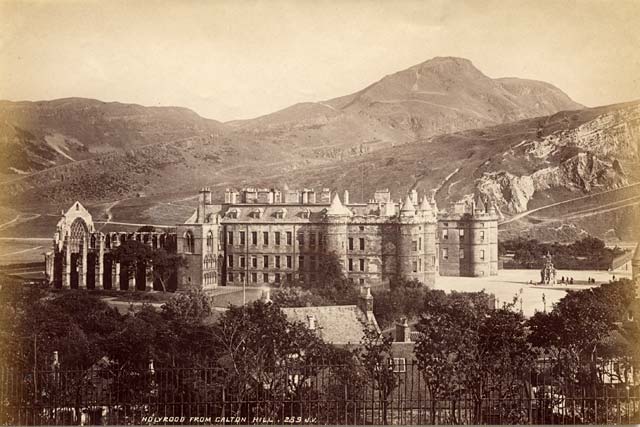
©
Copyright:
For
permission to reproduce, please contact peter.stubbs@edinphoto.org.uk
3.
Photographer: George Washington Wilson
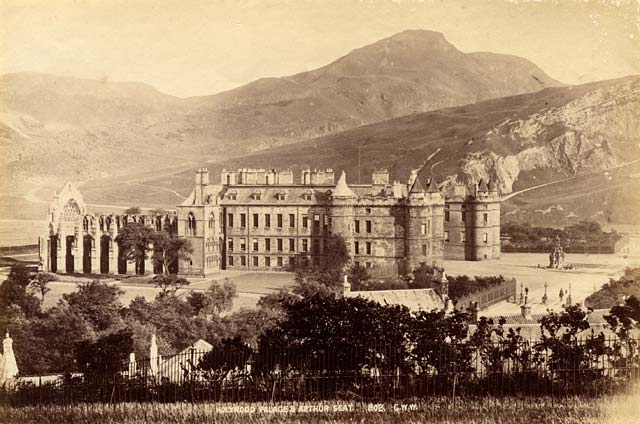
©
Copyright:
For
permission to reproduce, please contact peter.stubbs@edinphoto.org.uk
4.
Postcard: Valentine & Sons
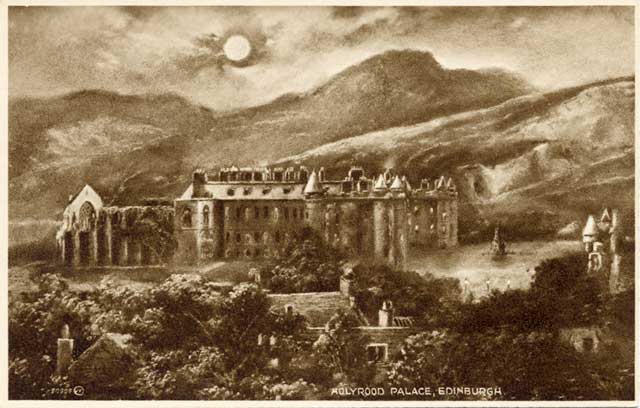
©
Copyright: For permission to
reproduce, please contact
peter.stubbs@edinphoto.org.uk
__________________________________
The Three Photogaphers
who photographed Holyrood Abbey,
above
|
Patrick
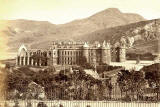 ©
©
|
Valentine
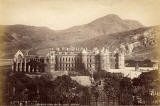 ©
© |
Wilson
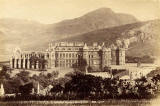 ©
© |
James Patrick
-
James Patrick was born in Fife in 1863. He and his
son, John, were both active members of Edinburgh Photographic Society.
James gave lectures showed lantern slides to the society over 20 years
from 1883, and became President in 1897.
-
He was keen to promote photography as a fine art, and
spoke of:
-
“men of artistic
instinct, and a love for the beautiful and grand in nature, who now find
in photography a means of expressing their thoughts and feelings.”
-
James produced many postcards of Swanston to the south
of Edinburgh at the foot of the Pentland Hills.
Valentine & Sons
-
Valentine's topological views for the middle class and
upper class tourist market. They were sold separately and in
drawing room albums:
- imperial (approx
12 ins x 8 ins)
- cabinet (approx 8
ins x 6 ins) and
- card (approx 4
ins x 3 ins).
-
Prices ranged
from:
-
Card (small print):
6d
(Equivalent, 2010 = £2)
- Album
bound in finest morocco: 15 Gns
(Equivalent, 2010 = £1,300)
G W Wilson
-
G W Wilson always regarded himself as an artist, rather than 'just a
photographer'.
-
In the mid-1850s, as tourism was becoming more popular,
he began to produce stereo views. These he sold at 2 shilling each.
(Equivalent, 2010 = £10)
-
Wilson photographed Queen Victoria when she came to
Balmoral to grieve, following the death of her husband, Prince Albert, in
1861. In 1863, sold almost 13,000 copies of his cartes de visite
photograph of Queen Victoria.
-
In his catalogue in the 1880s, he listed more than 10,000 views of
Scotland.
-
Around that time, like other photographers, he was
concerned about the permanence of photographic images, so he began to
offer some photos printed by the carbon process. Not everybody would
have been able to afford these.
-
His prices (and the equivalent price today, allowing for
inflation) were:
- 17 ins x 11.5 ins: 10s
6d
(Equivalent, 2010 = £42)
- 24 ins x 18 ins:
15s 0d
(Equivalent, 2010 = £60)
- 17 ins x 11.5 ins, hand-coloured:
25s 0d (Equivalent,
2010 = £100)
- 24 ins x 18 ins, hand-coloured:
35s 0d (Equivalent,
2010 = £140)
Source: George Washington Wilson, Artist and Photographer 1823-1893
(Roger Taylor) Publ. Aberdeen University Press
__________________________________
Types and Dates
of Postcards
Britain's First
Postcards
1870
-
Postcards have been used
in Britain since they were first introduced by the Post Office in 1870.
These cards were plain cards issued by the Post Office. They had a
pre-printed stamp.
-
The address was written on one side of the
card and the message, often very brief, was written on the other side.
There was no picture. Here is an example form 1890, in which one
Edinburgh photographer is advising another of the date of a photographic
society meeting:
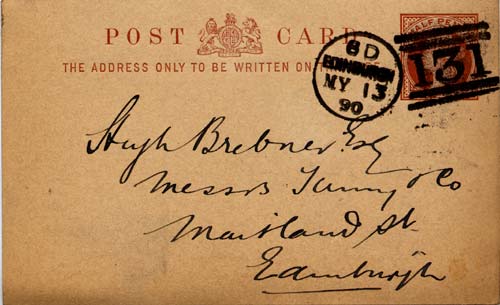
©
Reproduced
by courtesy of Edinburgh Photographic Society
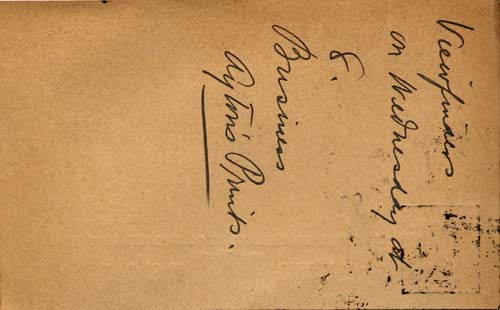
©
Reproduced
by courtesy of Edinburgh Photographic Society
1894
Britain's first Picture Postcards
-
From
1 September 1894, the Post Office allowed postcards published by
others to be posted. A halfpenny adhesive stamp was to be added to
these cards before posting.
-
Several manufacturers produced cards. The first publisher to include
pictures on their postcards is believed to have been George Stewart of 92 George
Street, Edinburgh.
Court Cards
1895
-
From
1895 onwards, a size of 4.75 ins x 3.5 ins was adopted for
postcards. These were known as Court Cards. The address was
written on one side. The reverse bore a small picture leaving
sufficient space to write a message.
-
Here is an early court card by Valentine's. The
company first produced postcards in 1897.
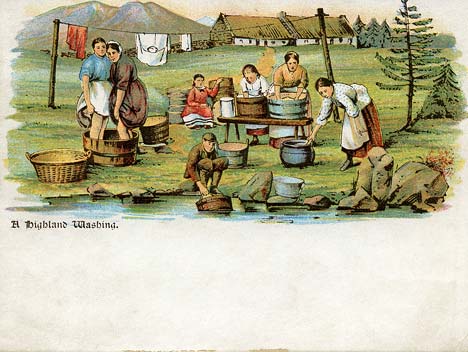
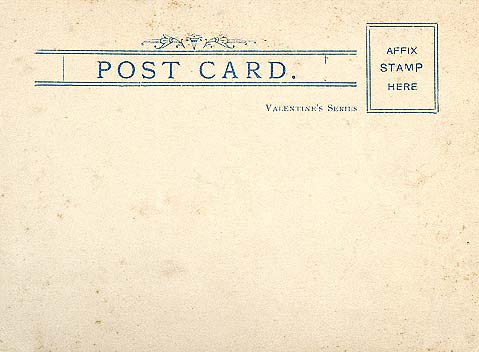
Standard size of Postcard
1899
-
From 1899 onwards, the standard size of 5.25ins ins x
3.5 ins, already in use in other countries, was accepted in Britain.
-
The address, and nothing else, still had
to be written on the back of the card. The front was used for the
picture and message. Sometimes, the picture covered most of the
card, leaving little room for the message.
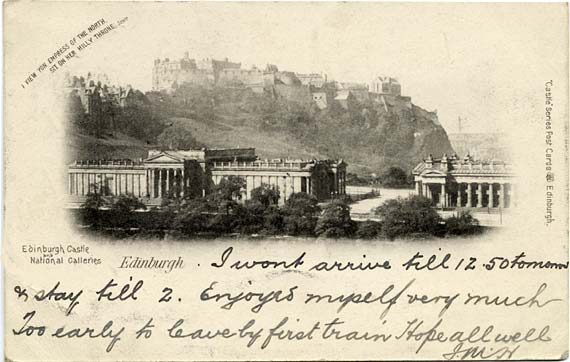
©
Copyright: For permission to
reproduce, please contact
peter.stubbs@edinphoto.org.uk
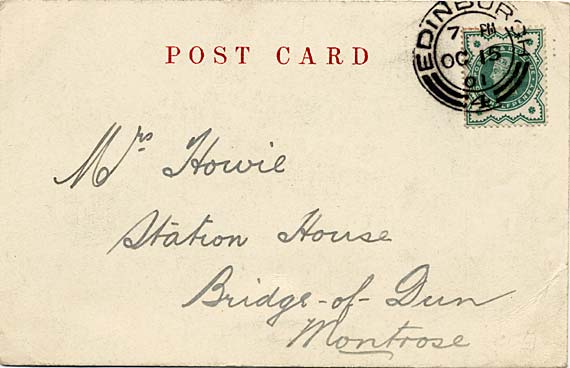
Divided Backs
1902
ON THE LEFT: The message.
ON THE RIGHT: The address.
-
Publishers normally printed a line down the middle of
the back of the card to separate the two halves. These became known
as 'divided back cards'. The divided back is an indication that the
card would have been published in 1902 or later if the card was British.
-
Britain was the first country to adopt the divided back.
Other countries followed later, USA in 1907.
Halfpenny Post
to 1918
-
From the time that postcards were first allowed in
Britain, in 1870:
- the cost of inland postage
was one halfpenny
(about £0.002).
- the cost of posting a letter
inland was a penny
(about £0.004).
-
This halfpenny postage rate remained unchanged
until 1918. Here are some cards with halfpenny stamps from the
reigns of Queen Victoria, King Edward VII and King George V.
One of these cards bears two halfpenny stamps. That one was
posted overseas.
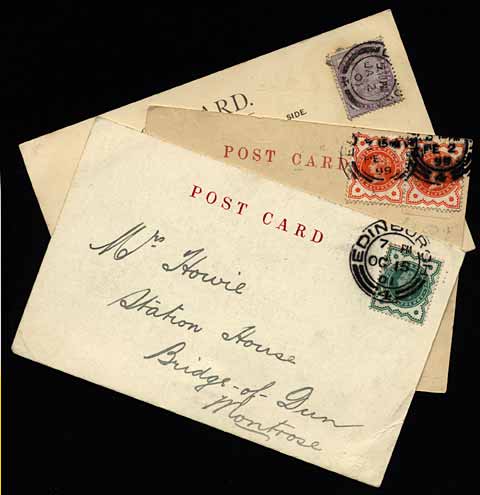 ©
©
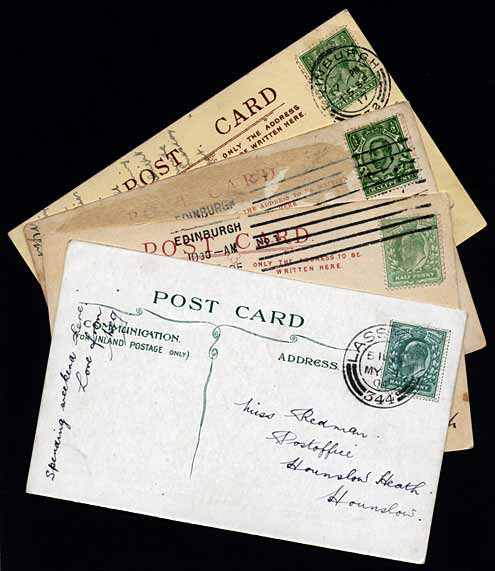 ©
©
Decline in Use
of Postcards
Post-1914
-
Decline in the hobby of collecting picture postcards
began with the outbreak of World War I in 1914, and continued later in the
decade when the Post Office increased the cost of posting a card from a
halfpenny:
½d
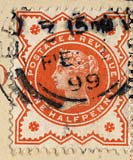 © ©
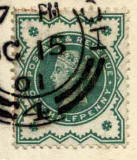 © ©
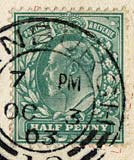 ©
©
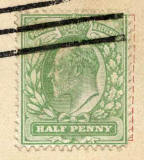 ©
©
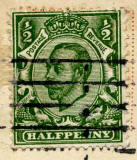 ©
©
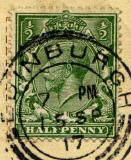 ©
©
- in 1918, to a penny:
1d
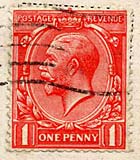 ©
©
- then in 1921, to three halfpence:
1½d
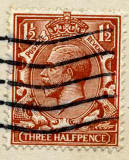 ©
©
-
However, following major protests, the cost was
reduced to a penny in 1922.
It remained at 1d for a further 18 years until it increased to 2d in
1940, soon after the outbreak of World War II.
1d
 ©
©
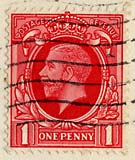 ©
©
 © ©
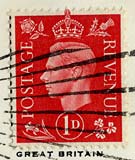 © ©
____________________________________ |




























